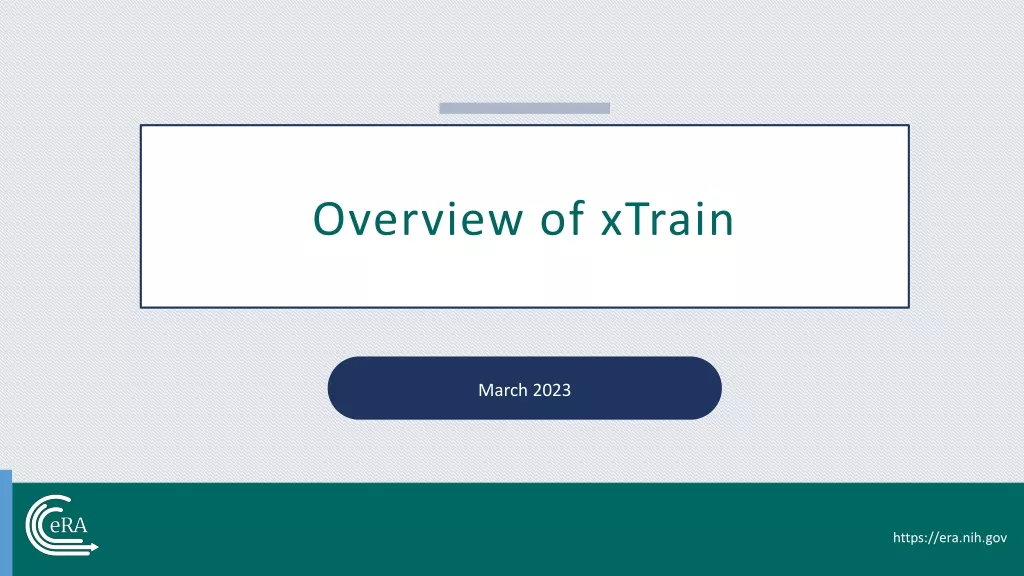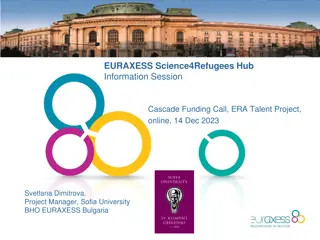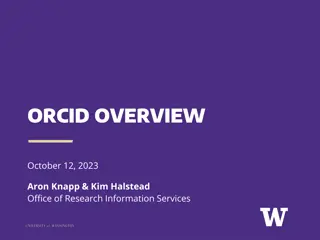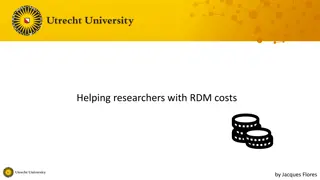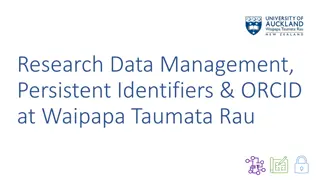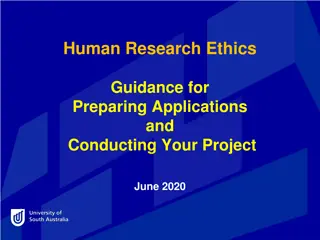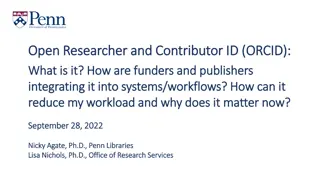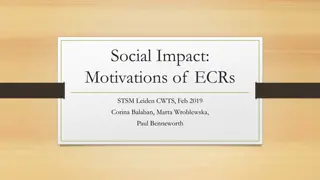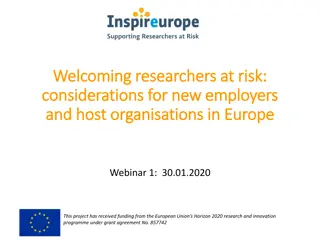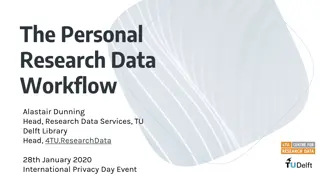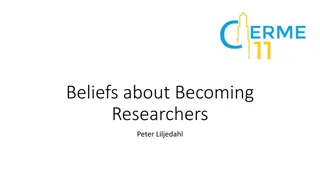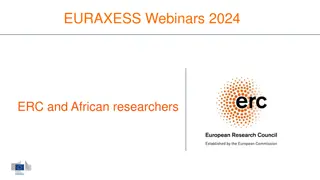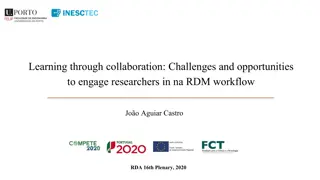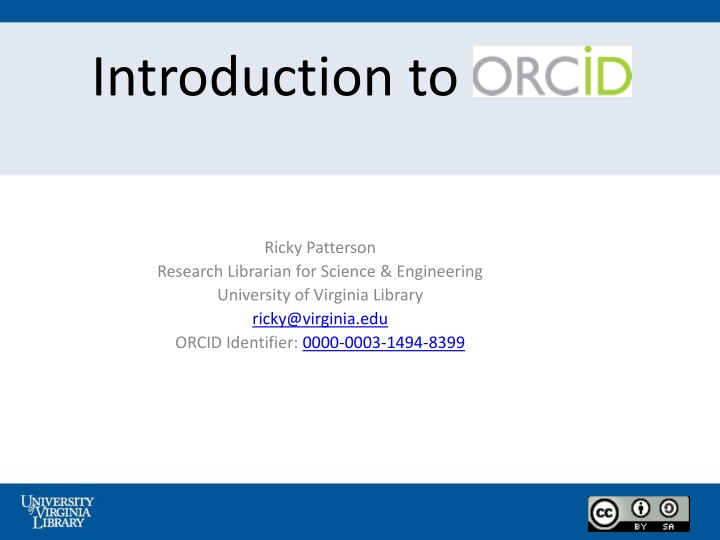
Introduction to ORCID for Researchers
Learn about ORCID, the Open Researcher and Contributor ID, a unique identifier for researchers and their work. Discover how ORCID helps in disambiguating author names, linking research objects, and managing research profiles effectively.
Uploaded on | 0 Views
Download Presentation

Please find below an Image/Link to download the presentation.
The content on the website is provided AS IS for your information and personal use only. It may not be sold, licensed, or shared on other websites without obtaining consent from the author. If you encounter any issues during the download, it is possible that the publisher has removed the file from their server.
You are allowed to download the files provided on this website for personal or commercial use, subject to the condition that they are used lawfully. All files are the property of their respective owners.
The content on the website is provided AS IS for your information and personal use only. It may not be sold, licensed, or shared on other websites without obtaining consent from the author.
E N D
Presentation Transcript
Introduction to ORCID Ricky Patterson Research Librarian for Science & Engineering University of Virginia Library ricky@virginia.edu ORCID Identifier: 0000-0003-1494-8399
Who are you? More than two thirds of authors share a last name and first initial with at least one other author. An ambiguous name refers on average to eight different authors. https://vimeo.com/97150912#t=0m0s
What is ORCID Open Researcher and Contributor ID 16 digit unique identifier. A researcher ID that uniquely identifies individuals and their work. Increasingly being adopted by publishers, funders and professional organizations.
ORCID is open Non-proprietary Open registry, free for individuals Open data, software, APIs, documentation
Your ORCID belongs to you An ORCID is portable, and travels with the researcher across organizations, institutions and countries. Allows automated and disambiguous linking to research objects (publications, grants, datasets, patents, as well as other IDs). User controls what is information is made public.
ORCID today Currently 3,902,433 ORCID iDs Of these, 1,507,481 have external identifiers (names, . But only 827,179 have works associated with them lots of empty profiles Statistics as of 2017-09-29
Your ORCID page Once you sign up for an ORCID iD, you will probably want to fill out your profile, to make it useful. You can add your educational and employment history, as well as your funding and publication records.
Your ORCID page You can also link to other identifiers such as Researcher ID, Scopus Author ID, as well as personal websites, ResearchGate, Academia.edu, Mendeley and Google Scholar Profiles. You can list alternate names under which you have published. (Married vs. Single; initials vs. full first name).
Plumbing One of the things that makes ORCID so powerful is the plumbing the connections they have built with existing infrastructure. For instance, if you submit a manuscript to a publisher with your ORCID iD, ORCID will be notified when this is published and can update your list of publications for you.
Find existing publications ORCID Search & Link tools leverages existing publishing infrastructure (CrossRef, DataCite, ResearcherID, Scopus ID) to import works into ORCID Import BibTeX submit your self- maintained list of publications Individual entry add your works one at a time
New Publications You can also choose to authorize CrossRef and DataCite to update your ORCID record. This will update your publication list automatically (if you use your ORCID iD when submitting a manuscript!)
Sign up and sign in Simply go to orcid.org/register Fill out the form, and verify your email When you login, you will be given the option of using your personal or institutional login, or a social media login. You will always have a personal login. If you leave your institution, your account follows you.

